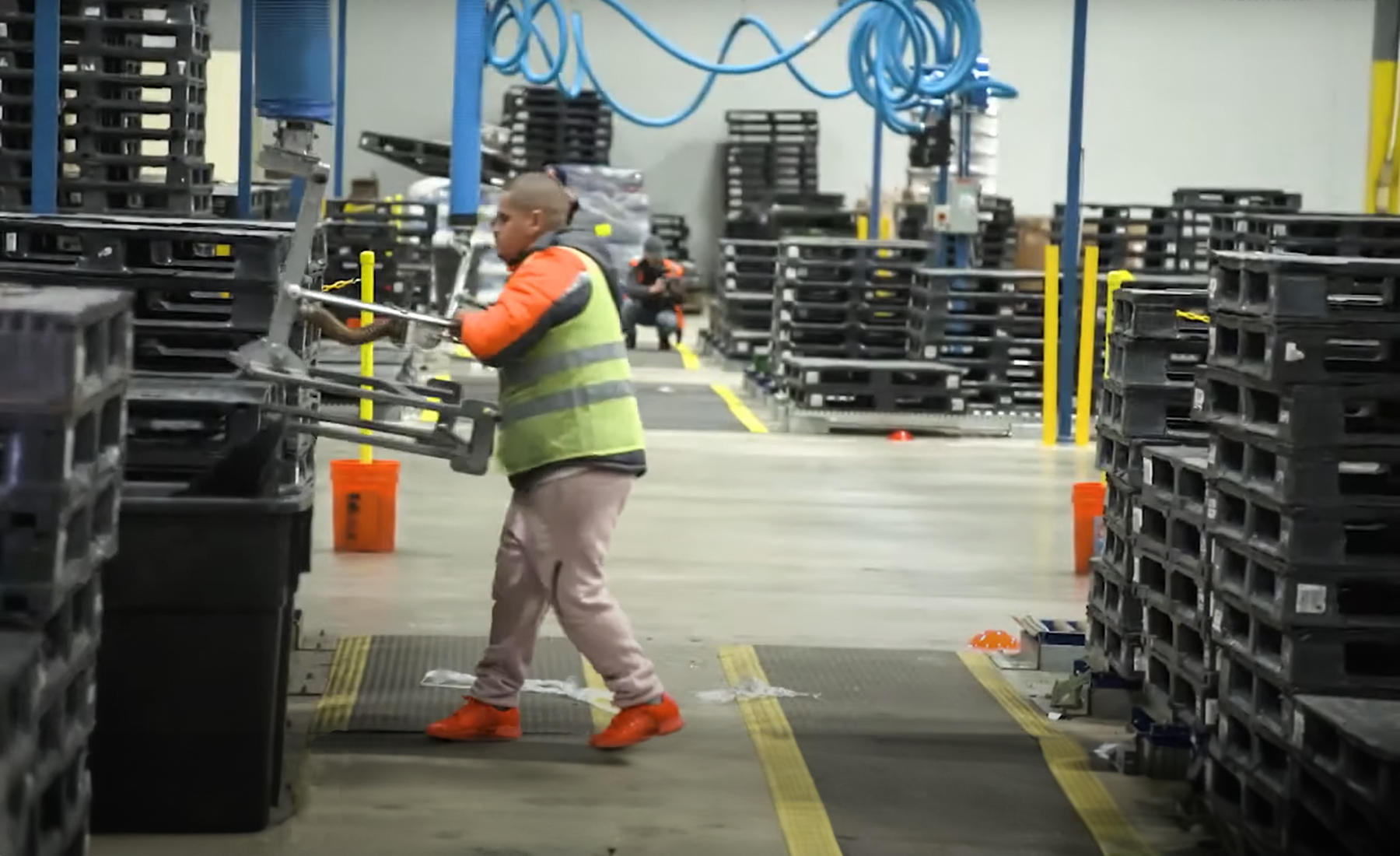In 2009, Johnson & Johnson made several recalls of their popular over-the-counter pain reliever Tylenol after a musty odor was reported by consumers. The company was continually forced to make larger recalls over the next couple of years, with the final one in 2011. The origin of the musty smell consumers had been reporting was finally traced back to contamination of the product from shipment on wood pallets treated with a fungicide that had decayed into 2,4,6-tribromoanisole, causing the odor as well as non-serious gastrointestinal distress for customers who consumed the tainted medicine. Irreparable harm was done to the Tylenol brand and parent company Johnson & Johnson’s reputation not only because of the recall, but also because of how long it took to discover the cause and fix it.
Although the effects of this incident on consumer health were not serious, the same cannot be said of Johnson & Johnson and subsidiary McNeil Consumer Healthcare. Johnson & Johnson reported losses of $900 million due to the recall. The incident highlights how crucial it is to keep the pharma supply chain free of contaminants, and how easy it is for a small element—in this case wood pallets—to cause a multi-million dollar problem. Contamination is just one of the five big supply chain challenges the pharma industry faces.
The Top 5 Pharma Supply Chain Challenges
- Human Resource Dependency
- Product Damage
- Sanitation
- Temperature Control
- Shortage Avoidance
- Human Resource Dependency
The majority of logistics systems still depend heavily on human oversight, even if forklifts and pallet jacks now take care of the heavy labor. Delivery platforms like wood pallets require human intervention in order to move smoothly through the supply chain. Since many pharmaceuticals are valuable and have a high profit for very low volumes, this dependence on human labor opens up the possibility of theft. Along with plain old mistakes, this can lead to potentially dangerous medicines in the wrong hands.
Pharmaceutical companies are not blind to the temptations and challenges their products pose to workers handling them in the warehouse. A switch to Automated Storage and Retrieval Systems (ASRS) is underway in the pharmaceutical supply chain to limit both mistakes and deliberate mischief. This move toward automation means making other changes in the supply chain, such as moving away from unreliable wood pallets for storage and transport. Plastic pallets, with their precise dimensions, evenly distributed weight, and integrated construction, are ideally suited for use in an ASRS.
- Product Damage
Pharmaceuticals require even greater attention to sanitation and safety than do most consumer products. A damaged box is grounds for discarding its contents even if they are still safely in individual bottles or blister packs. The dangers posed by tampering with or contamination of pharmaceuticals are serious enough that there cannot be any question as to how the product was handled. Logistics and warehouse employees must always err on the side of caution. In the case of pharmaceuticals like cytotoxics, damaging the packaging is a hazardous materials risk.
Pharmaceuticals are most vulnerable to damage during transport, and wood pallets increase that vulnerability. Loose boards and inconsistently sized pallets can result in damage to product packed along the edges and corners of pallets. Nails often come loose on wood platforms and may only be detected when a punctured package is unloaded at the other end. Pharmaceutical supply chains can reduce the likelihood of product damage by using plastic pallets that have a consistent size and lack protruding fasteners like nails.
- Sanitation
Maintaining a sanitary environment free from pests, bacteria, and other sources of biological contamination is an obvious concern for any supply chain. A less evident pharma supply chain challenge is contamination by the very chemical agents used to keep wood pallets sanitary. The Tylenol recall, after all, was caused by the degradation of a fungicide into a contaminating substance.
One solution to this issue is to use pallets made of a substance that isn’t absorbent and therefore doesn’t harbor either bacteria and pests or the chemicals used to kill them. Plastic pallets provide no refuge for fungi, nor will they absorb detergents, pesticides, or other cleaning agents. This not only prevents contamination of the pallets but also of loading and processing areas in the supply chain.
- Temperature Control
If you work in the pharmaceutical industry, you know that keeping temperature-sensitive pharmaceuticals like vaccines at the proper temperature range as they move through the pharma supply chain is a constant challenge. The wood platforms usually used to do this don’t make it any easier. In fact, wood itself is subject to degradation with changing temperatures as the spaces between the wood fibers expand and contract. As the pallets move in and out of coolers and freezers, condensing moisture can also encourage bacterial growth, making sanitation more challenging.
To deal with these issues, many pharma companies are choosing plastic pallets that are able to handle cold temperatures without damage or stress. Plastic platforms are also stronger than wood and better able to support loads of temperature-sensitive pharmaceuticals together with cooling agents like dry ice.
- Shortage Avoidance
Probably the greatest difficulty facing the pharmaceutical supply chain is making sure that the supply of pharmaceuticals meets the demand of doctors and their patients. The possibility of theft, damage, contamination, and other supply chain disruptions make this a constant challenge worldwide. Complying with new regulations aimed at making the pharma supply chain more secure only complicates this task.
To ensure an uninterrupted supply of pharmaceuticals, manufacturers are implementing best practices more consistently through steps such as keeping a backup inventory on hand and having secondary sources of necessary raw materials available. However, one of the best ways to deal with pharmaceutical shortages is through supply chain resiliency. Here again, plastic pallets offer a means of making a supply chain more flexible and resilient by protecting it from disruptions such as contamination, theft, and loss of product due to damage.
A Plastic Pallet Pooling Program Is the Solution to Pharma Supply Chain Challenges

There are many moving parts in the pharmaceutical supply chain, and pallets are one of the most numerous of these parts. Switching to plastic pallets is a holistic change that affects the entire supply chain by solving and smoothing logistical challenges.
Setting up and running a parallel reverse supply chain to return emptied pallets…means doubling the logistics your business must handle.
But a supply chain needs more than just a well-designed, reliable platform. It needs a method of implementing and using that platform. Setting up and running a parallel reverse supply chain to return emptied pallets back to the manufacturing center after they’re unloaded at the retail outlet means doubling the logistics your business must handle. Pharmaceutical manufacturers, suppliers, and distributors should consider using a pallet pooling program to address these challenges.
The iGPS plastic pallet pool provides pallets that solve many of the pharma supply chain challenges with a platform that meets the highest standard of hygiene and a pallet pool that handles the reverse supply chain for pharmaceutical companies. Give our team a call at 1-800-884-0225, email a specialist at switch@igps.net, or visit our contact page.
Image 1: Flickr CC user Sam-Cat



